Bitcoin and Inflation: It’s complicated
Bitcoin and Inflation: It’s complicated
The world of finance was eagerly awaiting the publication of the latest inflation numbers in the US. Last Friday they were published and oh boy were they high. The consumer price index (CPI) for all items in the US rose 6.8% in the 12 months through November. This is the highest number in the last 40 years.
In the wake of the CPI numbers’ publication, Bitcoin immediately rose by about 2% only to erase the gains shortly after. Given the fact that Bitcoin is increasingly seen as an inflation hedge, it seemed only naturally that the cryptocurrency would rise in value. But why did it cede its gains so quickly?
Some crypto traders might have already anticipated that the high inflation rate will serve as an additional motivation for the US central bank to cut back on its monetary stimulus and accelerate its tapering strategy. Consequently, this would lower the liquidity and tighten the conditions in financial markets – a situation that is orthogonal to Bitcoin’s fiat-denominated price.
With its absolute digital scarcity built in, the crypto asset seems like the perfect inflation hedge. As time goes on, it is indeed not unlikely that Bitcoin will one day exhibit the characteristics of a well-working inflation hedge. Currently though, there is no denying the fact that Bitcoin is still a speculative asset that behoves to its own adoption cycle that seems to be far from finished. By comparing Bitcoin’s market cap to that of gold, the most established inflation of today, the crypto asset still has a 10x to go. Borrowing from the famous Bitcoin commentator Robert Breedlove we can say: Today, because of its volatility profile, Bitcoin is desired as one of the ultimate risk-on assets that will develop into the ultimate risk-off asset according to its fundamental value proposition.
Regulation and Innovation: Finding the right balance
The United States’ most popular crypto exchange Coinbase has finally launched a yield earning program, where users can use stablecoins to earn a yield by having them deployed to decentralised finance protocols. As Coinbase has announced, the product will be available to customers in over 70 countries.
This recent launch could easily be considered an affront by the US regulator. A few months ago, the Securities and Exchange Commission (SEC) discouraged Coinbase from starting the same product in the United States. The regulator even warned Coinbase that it would sue the crypto company over this product called Lend. This way not taken well as Twitter comments by Coinbase’s CEO Brian Armstrong indicated. The recent launch for non-US customers could therefore be interpreted as a sort of revenge taking on the side of Coinbase.
Such regulatory arbitrage enabled by the fact that various nation states have been handling crypto differently is generally not welcomed by policy makers and regulatory bodies. This is why the IMF has just recently issued a call to action on its internal blog. In it, the Financial Stability Board that includes all the major G20 economies, is advised to develop a global framework to standardise the regulation of crypto assets. The goal is to create a comprehensive and coordinated approach to managing risks to financial stability and market conduct that can be consistently applied across jurisdictions. By establishing such a framework, the potential for regulatory arbitrage – i.e. moving activities to jurisdictions with easier requirements as in the case of Coinbase – shall be minimised.
With these intentions stated clearly and officially, it will be interesting to see whether such a globally harmonised regulatory framework can be enacted. After all, nation states today need to balance the fine line between proper regulation and welcomed innovation.
Forget Facebook, Libra or Diem? It’s about Meta and Novi now
Although Twitter recently lost its Bitcoin-focused CEO Jack Dorsey, the company still seems to be committed to crypto assets like Bitcoin and Ether. After all, the social-media focused tech company got involved with NFTs and enabled Bitcoin tips. Following the rapid strides of Twitter, Facebook (now called Meta) has now finally also launched its first real crypto-related offering.
In a pilot, a limited number of WhatsApp users in the US are able to send and receive stablecoins from within a chat. As indicated, sending and receiving money should work just as easily as sending and receiving a message. The stablecoin used for the payments is Pax Dollars (USDP) that represents a cryptocurrency that is pegged to the US dollar and issued by a company called Paxos.
Enabling this feature is Meta’s digital wallet software called Novi that was formerly known as Calibra. Calibra itself was part of the original Libra approach to launch a multi-currency backed stablecoin. After these plans were officially announced in June of 2019, Libra rebranded to Diem in December of 2020, with the goal of launching in 2021. To this date though, no Diem coin has hit the market yet and it seems like that Novi is indeed the first real product that has been launched.
With Facebook changing its name and course, it looks like the company is eager to find its place in the fast-changing digital world. After all, the emergence of Web3 is slowly turning things upside down. Furthermore, investigations and discoveries like this recent one, unearthing the fact that traditional social media applications like WhatsApp are still used for surveillance will certainly drive people into the new world of decentralisation. Just as with communication, people will turn their back to apps that have the option to spy on their financial activities.
CBDC: An opportunity for emerging markets?
A recent report done by the Official Monetary Financial Institutions Forum (OMFIF) and G+D, a German company focusing on banknote and securities printing, smart cards, and cash handling systems, yield interesting results: While a majority in emerging countries (Nigeria and Indonesia were looked at for the report) is fond of using a CBDC, in developed countries (residents from Germany and the US were surveyed) less than 25% state that they would be using this new form of money.
The reason for this dichotomy might come down to the following fact: Most emerging market consumers still lack access to financial services such as efficient payments options. This is not the case for developed nations, where citizens already have many established payment facilities. As they can be considered overbanked, they might not feel the urge to use newly established CBDC. Interestingly enough, awareness of digital currencies is also much higher in emerging markets: in Nigeria or Indonesia, more than 40% of the surveyed people are familiar with the concept of CBDCs. In the US, this number is only 15%.
This is also why the central banks of these emerging market countries seem to be eager to seize the chance at hand. As one of the first actors ever, the Eastern Caribbean Central Bank has launched its DCash in March of 2021. This CBDC is an electronic version of the Eastern Caribbean dollar and will now be rolled out to more Caribbean countries such as Dominica and Montserrat. Soon thereafter, the CBDC shall be available in seven nations that are part of the Eastern Caribbean economic bloc.
Also, the central Asian country Kazakhstan is said to test a national digital currency. As a matter a fact, the prototype of this CBDC has been completed and the final report on the results of this pilot project is set to be published on 15 December 2021. Not an emerging market country in the real sense of the word but still planning on offering a digital Dinar through a digital payment platform is the central bank of Bahrain.
Market Update: Cleansing out the leverage
On December 4th the Bitcoin price experienced quite a significant drop. In just one day, the price fell by nearly $9,000 and wicked down to $42k because of thin liquidity. Reaching these low levels, buyers stepped in to scoop up the Bitcoin they believed to be getting for a cheap price. In a matter of hours then, the price recovered to above $48k, where it has now hovered around for a few days.
This sharp downward correction was due to a so-called liquidation cascade. Bitcoin futures contracts worth $5.4 billion were liquidated. Before the December 4 price correction, leverage in the bitcoin market was indeed near its all-time high. This was shown by the outstanding open interest in Bitcoin’s future and option markets. Also, the correction has followed a period of prolonged positive funding rates. This goes to show that Bitcoin traders that were long have been paying the shorting trader side for quite some time.
The December 4th price correction surely washed some of the leverage out of the crypto markets. This is generally a good sign and creates fertile ground for another rally. The question is: Has enough leverage been washed out in order to turn bullish again in the short term? Especially for the second largest cryptoasset ether, the funding rates of its futures contracts are still positive, and the open interest is still relatively high. Should ether correct a bit more, other altcoins would be in for another strong correction as well.
Share post
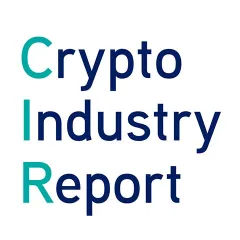
Related Posts

Bank Frick receives licence and opens branch in Dubai
Bank Frick has received its requested licence from the Dubai Financial Services Authority (DFSA) for a branch in Dubai. This strengthens its position as a product leader and enables it to tap into the strong growth potential of this financial centre.

Opening and trading hours over the holidays and 2026
Bank Frick will be closed over the holidays from Wednesday, 24 December 2025, through Friday, 26 December 2025. The following week, Bank Frick will be closed from Wednesday, 31 December 2025, through Sunday, 4 January 2026. Payment orders to be considered for the year 2025 must be submitted to the Bank by 12 p.m. Tuesday, 30 December 2025, for CHF, USD, EUR, and GBP. For special currencies, the deadline is 23 December.
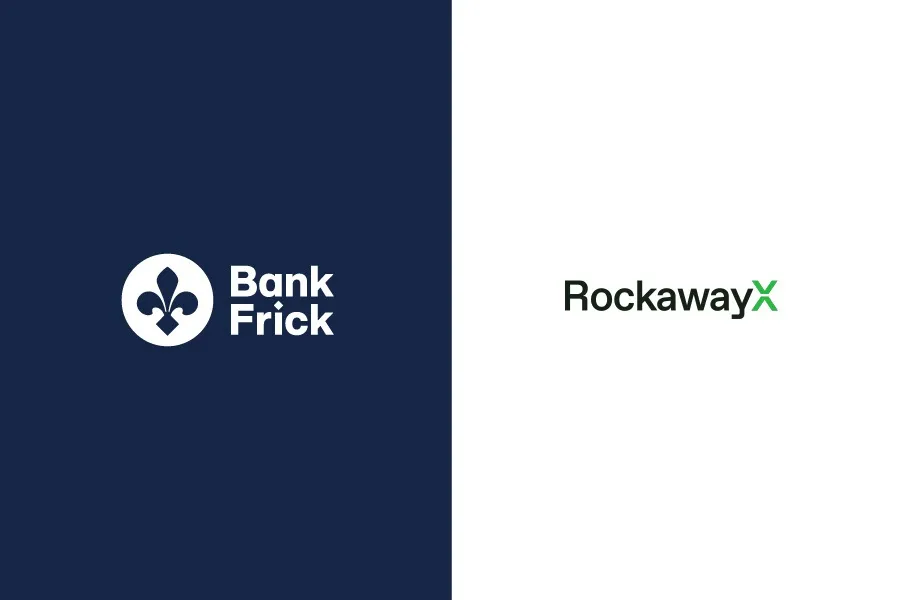
RockawayX’s Flagship Credit Fund Surpasses 100 Million US Dollars
Bank Frick celebrates a milestone with its partner RockawayX: their flagship credit fund product, domiciled in Liechtenstein, has surpassed 100 million US dollars in assets under management.

Future Career Day between the vault, trading and crypto
Yesterday, 20 school pupils spent Future Career Day at Bank Frick. While precious metals can still be found in the vault, the peek behind the scenes of banking in 2025 reveals how safe-busters are becoming crypto-crackers.
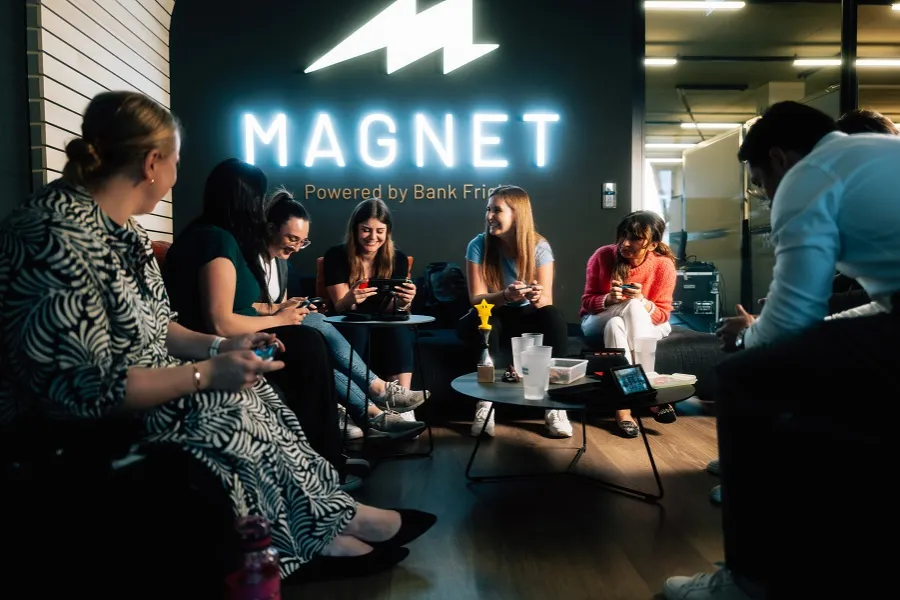
Bank Frick is playing in the Champions League with its offering for its employees
In Space 4U, Bank Frick has created a place where employees can come together across departments, try out new things and inspire one another. Be it exercise, creativity or shared experiences: the offering is diverse and actively shaped by employees. A multifunctional room offers contemporary training facilities and space for creative exchange. Experts agree: this makes Bank Frick a pioneer throughout Switzerland and Liechtenstein.

Bank Frick extends its sponsorship of the LieMudRun by five years
Almost all tickets for this year’s LieMudRun were already sold out. Due to the continued high demand and great popularity of the obstacle run, Bank Frick is extending its sponsorship for another five years.

Bank Frick wins two Gold Dolphins in Cannes
Bank Frick bags two awards at the Cannes Corporate Media & TV Awards 2025 with its “Doing things differently” corporate film.
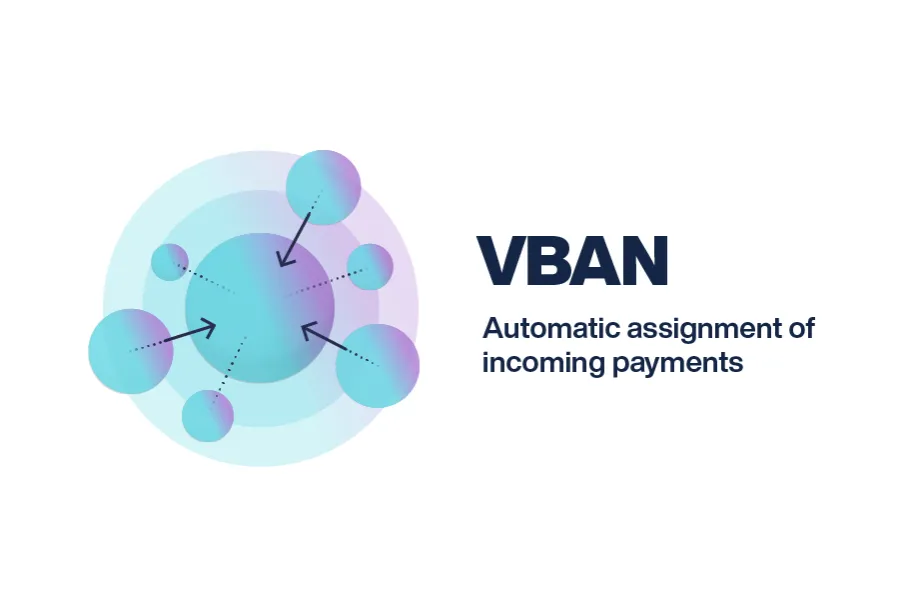
Bank Frick simplifies payments with VBAN service
Bank Frick is launching a virtual IBAN service that enables the automated allocation of payments: virtual IBANs (vIBANs) clearly link end clients with incoming payments. This offers several advantages, especially for companies with a digital focus.
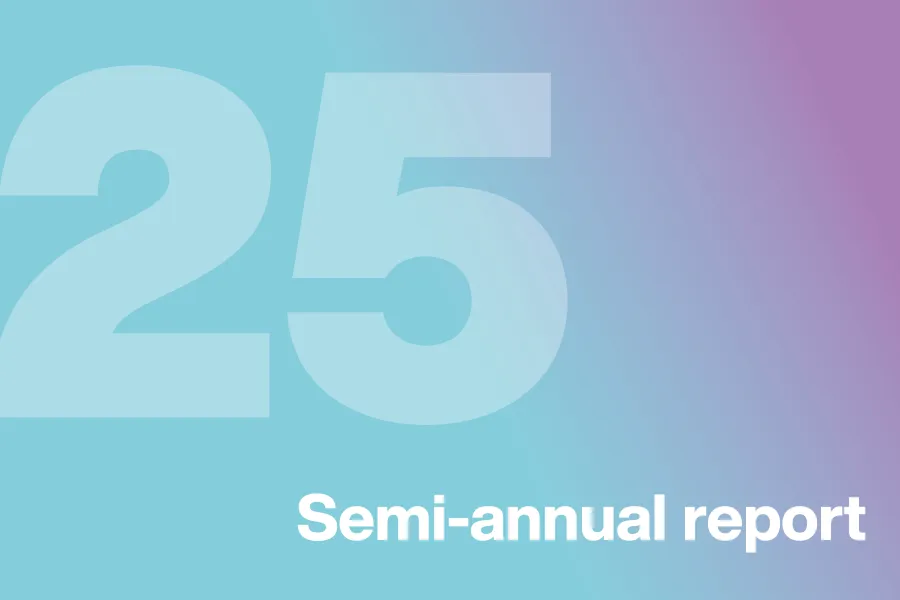
Bank Frick generates net profit of 4.5 million francs
Bank Frick generated a net profit of 4.5 million francs in the first half of 2025. It is thus achieving its budget targets and generating stable income in a difficult market environment. This performance confirms that the Bank is on the right track: Bank Frick is still forecasting an annual profit of 9 million francs.

How blockchain is changing humanitarian aid
Transferring money to smartphones, making donations with cryptocurrencies and tracking aid supplies in real time. How humanitarian aid reaches those in need is changing fundamentally. Behind it all is blockchain technology, generating progress by reducing administrative costs and increasing transparency.